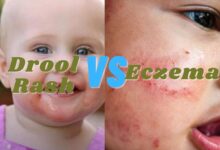Severe Rash Under Baby Neck: Types, Causes, Treatment and Home Remedy
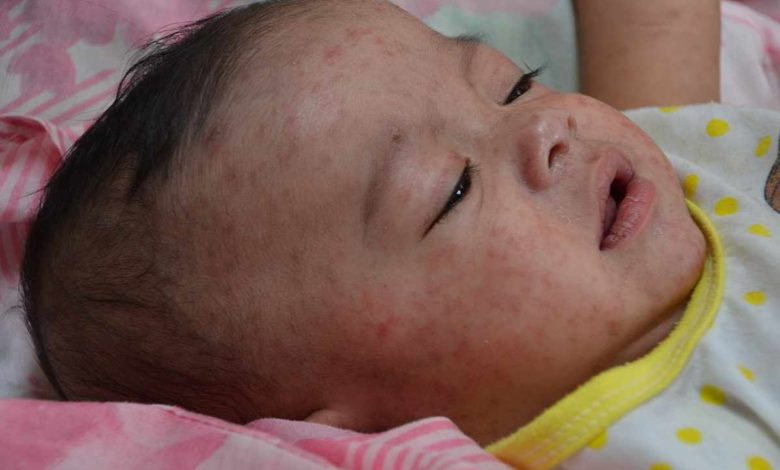
Rashes are itchy and irritating, make babies uncomfortable and cranky, especially those under the baby’s neck. Rash under baby neck sometimes happens because the skin is tender and delicate. This absorbs damp and dirt in the skin folds around the neck, exposing them to rashes.
Rash under baby neck is a common skin issue and shouldn’t be a cause for worry though. Such rashes will disappear when babies can keep their necks without any assistance.
Keddiesquare gathered valuable information in this article, and this will help parents deal with the causes of rash under baby neck and give them 5 proven home remedies for treating rash in the neck.
Table of Contents
How Does Rash Under Baby Neck Look Like?
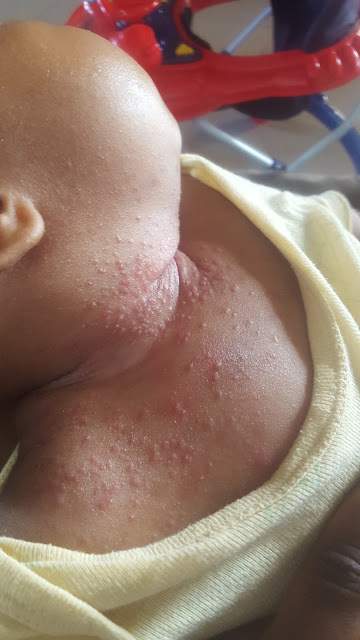
Rash under baby neck typically occur when the skin around the neck is affected by a fungal infection, prickly heat or skin irritation, etc. The skin appears to turn red and itchy, such itches and redness usually occur in the neck folds, and are predominant in infants around four to six months. The region affected typically looks bumpy or scaly.
Causes of Rash Under Baby Neck
Before one would worry about preventing or treating rash under baby neck –Understanding the causes and purpose for these eruptions is critical.
Milk drip:
Babies, when fed from a bottle or breast, tend to drop some milk out of the sides of their mouths. This dripping milk builds up in the neck’s skin folds. This trapped moisture, allowing it to rest, produces a humid atmosphere that becomes a breeding ground for microbial infections. It then produces a rash on the baby’s neck.
Drool:
Three to six-month-old babies drool profusely. Drooling during this stage of a baby’s life is a growing common occurrence. The drool flows straight down from the mouth into the neck region’s skin folds. The deposits of moisture under the skin folds can cause neck rash due to microbial infestation and sometimes friction if the baby is not promptly cleaned.
Friction:
Babies have a chubby neck that leads to folded skin. The skins are constantly rubbing against each other and also with the clothes of the baby. The continuous friction and moisture that is accumulated under the skin due to sweating can cause a rash under baby neck.
Heat rash:
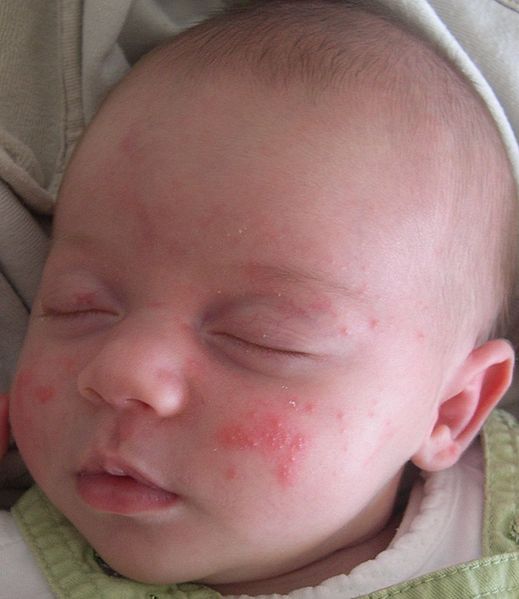
Heat rash (prickly rash) in babies occur due to high temperature, this rash is prevalent during the summer season. As a result, the baby sweats profusely, the sweats get stuck in the skinfolds, scratching the baby’s tender skin. On the baby’s neck and other parts of the body, tiny red bumps develop and may later become itchy.
Infections:
A fungal infection may cause a rash under baby neck. They tend to grow in humid, wet places and Candida is an example of these fungi. Owing to the moisture trapped in the skin, a baby skinfold is the ideal breeding ground for these fungi to strive.
Types of Rash
Rashes could be broadly divided into three categories:
- Rash with fever
- Rash without fever or itching
- Rash with itching
Rash with Fever
bright-red Rash
Fever and cold come with a bright-red rash. The rash appears on both of the baby’s cheeks and may spread to the body. It normally clears up within seven days though. Paracetamol for children should be given to bring down the fever.
Pink-red Rash
Scarlet fever is caused by a pink-red rash. Pink-red rash on the child’s body appears like sunburn and sounds like sandpaper. The signs include tongue swollen, throat sore, headache, and fever.
One can treat this fever with antibiotics. Contact your doctor quickly if your baby has any suspected symptoms of scarlet fever.
Red-brown Rash
A red-brown rash is caused by measles, it begins with a fever, swollen eyes when exposed to light. Within a few days, the rash occurs on the child’s head or neck and then spreads to every body part. If you noticed a red-brown rash and suspect your baby is having measles, speak to your doctor immediately for prompt medical care.
Blisters on Nose, Hands and in the Mouth
Blisters are a common early-life disease that occurs on arms and legs and tongue ulcers. It’s called hand, foot and mouth disease, it gives feverish feeling to the child, and also the baby may get cold. The condition usually clears up within a week or so. Paracetamol for children WILL help bring down the fever.
With this, you can help your child feel better: Anti-itching lotion, like calamine, for rash.
Rash Without Fever or Itching
Cradle Cap
Cradle cap arises when the oil glands become over-productive on the baby scalp. Famous for its scaly flakes on the scalp of a baby and sometimes a yellowish scaly, greasy spot on their forehead.
It is normally treated with water and baby shampoo to clean up the contaminated area. Several parents are now going organic to cure the cradle cap.
How it is done
- 1/3 cup organic oatmeal blended to a powder form
- Mixed with 1/4 cup water.
- Apply the oatmeal mixture to the scalp, leave for 10 minutes.
- Carefully wash away with water.
- Gently apply a few drops of organic olive oil on the scalp.
Diaper Rash
Diaper rash can be seen on the baby’s bottom and around the entire diaper region as red patches. It could irritate the skin, painful and feel hot. Baby with this rash cries a lot because the feeling is excruciating or miserable.
To treat Diaper rash
- Regularly change the baby diaper.
- Allowing the baby bottom to get aired during the day.
- Apply diaper rash cream to the bottom to soothe, moisturize and create a protective barrier from wetness.
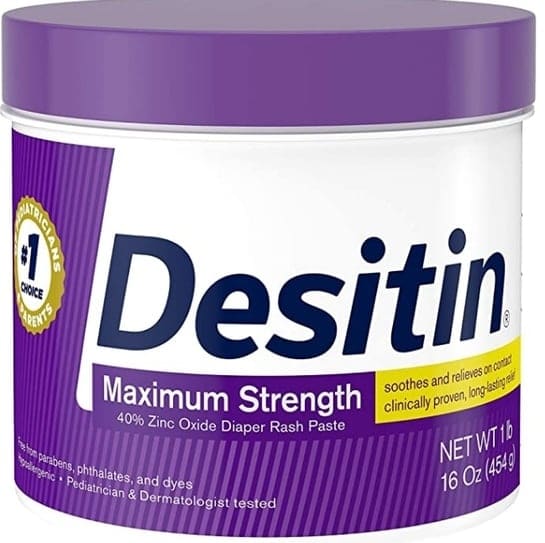
Red, Yellow and White spots in Babies
Newborns are susceptible to red, yellow and white spots when raised. This rash does occur once babies are born. The rash can be seen on the forehead, spreading later to the chest, the upper arms and the thighs. The better side of it is, it clears up without medication after a matter of weeks.
Rash with Itching
Heat Rash
As a result of much sweating due to high temperature, heat rash or prickly heat occurs. Small red spots emerge on the child’s body after a little time. Itches, so you might notice your baby scratching.
Raised itchy rash / Hives
A swollen, itchy red rash or hives may result from an allergic reaction to items such as stings, food or cream. Fortunately, this typically becomes clear within a day or two. If your child starts to develop this sort of rash, see a doctor quickly though. Your child is probably allergic to something.
Round Itchy Rash
An itchy, ring-like rash may be ringworm. In most cases, you need to use medications on your baby’s skin for 2 to 4 weeks to ensure total eradication of the infection that causes ringworm or reduce the risk of it returning.
When the infection is on the skin as in the case of an athlete’s foot an OTC antifungal cream, lotion, or powder is recommended. Some of them are clotrimazole (Lotrimin, Mycelex) and Miconazole.
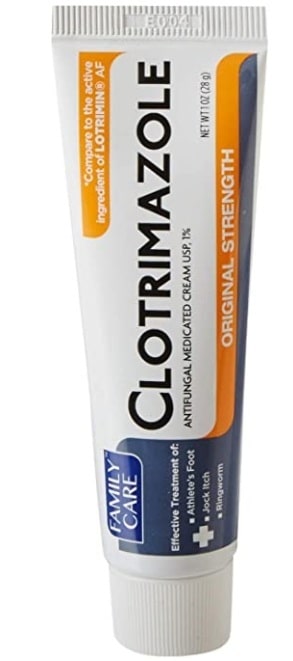
Impetigo

Impetigo is Red sores or blisters that break out on a baby’s face or hands and leaving crusty, golden-brown patches. The sores or blisters get bigger and itchy because the baby scratches and spreads to other parts of the body. If your child has impetigo, talk to your doctor.
Scabies
Scabies appears on your child as small, and very itchy spots. Scabies happens when some kind of little mites burrowing into the child’s skin. Scabies can be managed with medications Like ScabiBLAST.
Treatment for scabies includes removing the infestation with medications. There are various creams and lotions for scabies. Apply the drug to the whole body of your baby from the neck down and keep them on for at least eight to 10 hours to treat scabies.
Most medications require a second application, and when fresh burrows and a rash appear, medications need to be repeated.
It’s best for everyone in the family to be treated for scabies– even without the signs, this will help avoid any re-infection. For babies under 2 months see a pediatric for proper treatment and advice.
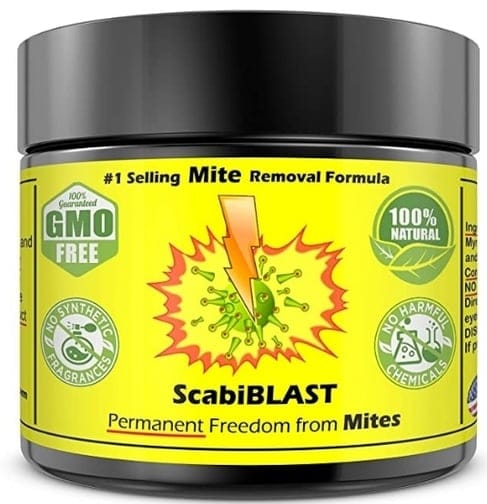
Scaly, Cracked red Skin Rash
Eczema can appear as a scaly/itchy, swollen, red and broken parches on the Skin. The sign appears behind the knees, elbows, and neck is common but can be found anywhere. Eczema can be treated with cream and Lotion. You can check the Latest price of the cream.

Treatment for Neck Rashes
Gentle Cleaning of Skin
Regular neck washing with a fragrance-free, gentle baby wash is very important here. Gently stroke your baby while washing her neck so that the skin is not further irritated. Use a soft towel and pat the neck smoothly after a bath, resist rubbing the neck.
Soothing the Skin with Lotion
Using a moisturizer or skin lotion after washing or bathing your baby and gently apply it to the baby’s neck to soothe the skin.
Keep Airy and Breathable cloths
Treating rash in the neck may be as easy as holding the baby in an air-conditioned room during the summer. Doing so alone will relieve some of your baby’s frustration and discomfort by 80%. Wearing breathable clothing on your baby helps the skin to breathe and cool off.
Talcum Powder
When you go out with your baby on a sunny day, sprinkling baby talcum powder, especially in the skin folds after bathing your baby. This may help soothe the skin and reduce the pain or scratching that may result from the hot temperature.
It is important to remember that the skins of babies are tender. Before applying any baby powder to your infant, consult a pediatrician.
5 proven natural home remedy for rashes
There are natural ways of treating rashes on the neck, back or other parts of the body of an infant. These 5 proven home remedy for rash under baby neck, will help you save money and keep your baby safe all the time.
Aloe Vera
It was known that the aloe vera plant possesses healing power. For decades, it has been used to facilitate the healing of minor cuts and bruises. Aloe vera is also used as an anti-inflammatory, antimicrobial, antiviral and antioxidant agent. It’s not entirely ascertained its efficacy but the little that I’ve seen, I’m going to say it has tremendous strength.
After opening the leave, scup the gel with a spoon and apply it to the affected area. Aloe vera content is; vitamins A, C, E, vitamin B 12, calcium, zinc, magnesium, and a few essential fatty acids. Aloe vera has also been known to contain enzymes, carbohydrates, and sterols that contribute to its anti-inflammatory effects.
It’s good and therapeutic to apple Aloe vera gel to the skin. However, it may be allergic to some kids, so seek medical advice before using it.
Apple Cider Vinegar
Apple cider vinegar represents a common treatment for rash and other diseases. It comes with antimicrobial properties that make it suitable for cuts. Apple cider vinegar’s effectiveness has not been confirmed, but there is plenty of anecdotal evidence for its usage. Research is still ongoing.
In a recent study, scientists found that apple cider vinegar was enormously effective in restricting the cytokines causing inflammation by bacteria such as E. Colly, S. Aurores and C. Albicans in laboratory cultures.
How to Use:
Get an apple cider vinegar, put a certain amount in a plastic tub and deep a ball of wool in it and apply. The Itchy scalp is seen to be relieved under a few days.
Epsom Salts
Epsom salts also called magnesium sulfate have long been used in a warm bath to relieve muscle aches and pains. It’s also said that Epsom salts help alleviate itching and scaling.
To treat Epsom salt rashes:
Fetch 2 cups of Epsom salts into a hot tub and mix with the water. Soak the whole body for 15 minutes, or the area affected. Rinse off, then use a moisturizing ointment. Before carrying out this, consult a pediatric.
Cold Compress
Applying cold is one of the common home remedies to stop pain and itching caused by the rash. Which way you want to conduct a cold compress, cold water will provide instant relief and help to soothe sore skin, ease scratching and slow the progression of rashes.
How to use:
Place some ice in a small bowl of water to create ice-cold water and soak a clean cloth. Apply for 5 minutes to soothe swollen skin around the affected area. Then gently pat it dry. Repeat frequently as and when appropriate.
Good Hygiene
Healthy baby care will prevent your baby from having rashes. Shower your baby regularly, paying specific attention to the skin folds around her neck and other areas. Dry all parts of the baby’s body gently, after a shower.
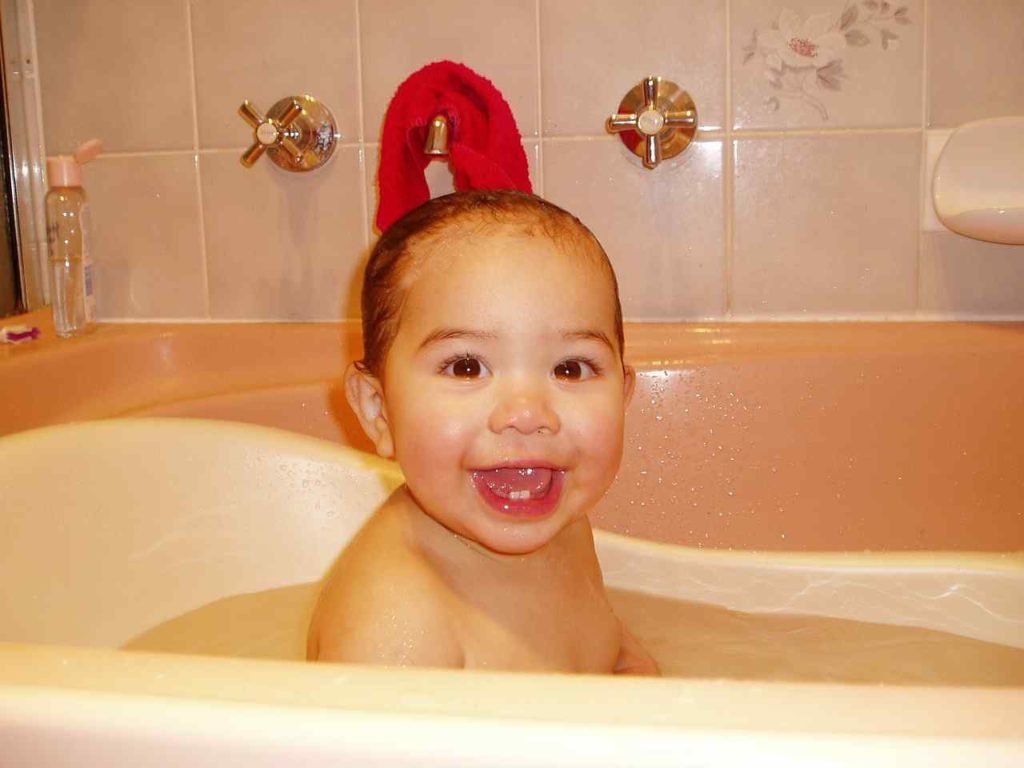
When breastfeeding, please watch out for drool or milk spilled on the neck. To keep the region dry, clean with a soft cotton towel.
CAUTION
Understanding that plant-based remedies may have side effects is significant, and may not be thoroughly researched for safety. Contact your doctor before using any substance on your baby’s skin.
Conclusion
In babies, rash under baby neck is more likely to occur in the first months after birth. It is necessary for parents at this period to take extra precautions to avoid the emergence of a rash. Also, neck rashes can easily be handled with rash cream or simple home remedies. But, if the baby is getting a fever along with the rash that starts turning into pus-filled blisters, call the doctor immediately.
For More, Follow me on Facebook and Pinterest for fresh content.
Kiddiesquare.com does not provide medical advice and this post is not a substitute for professional medical advice, diagnosis or treatment. If you think your baby needs medical emergency, call your doctor immediately.
This post may contain Affiliate links, which means we may earn a small commission, at no extra cost to you when you make a purchase through a link. Read more







